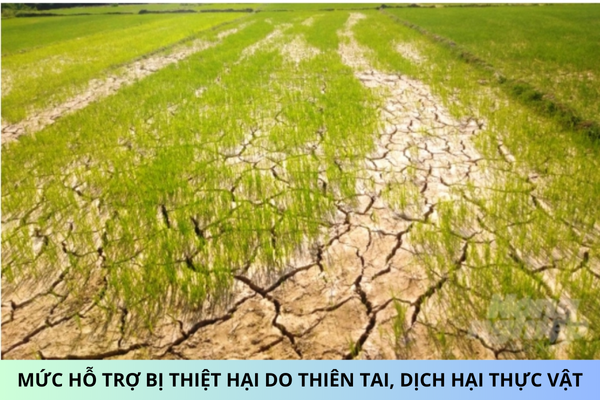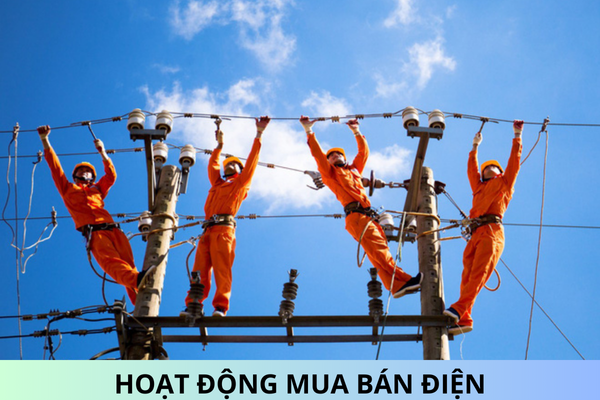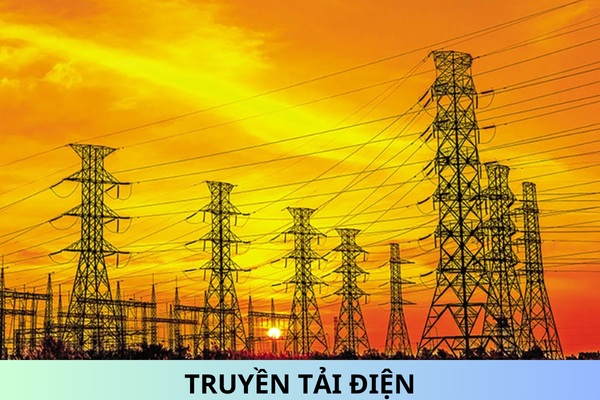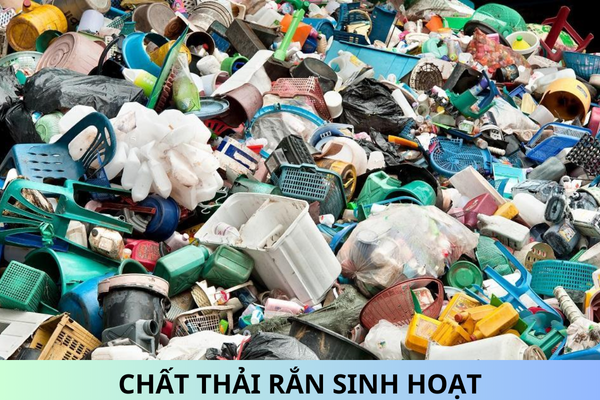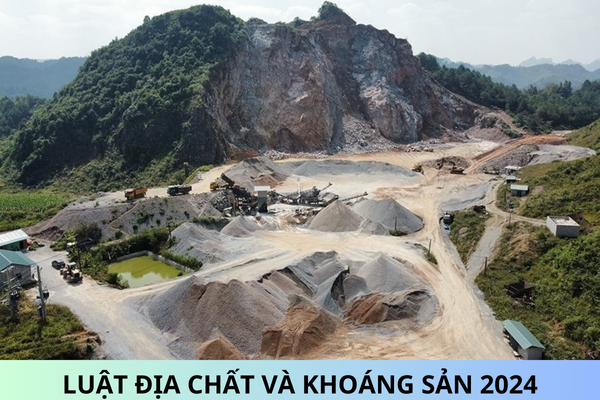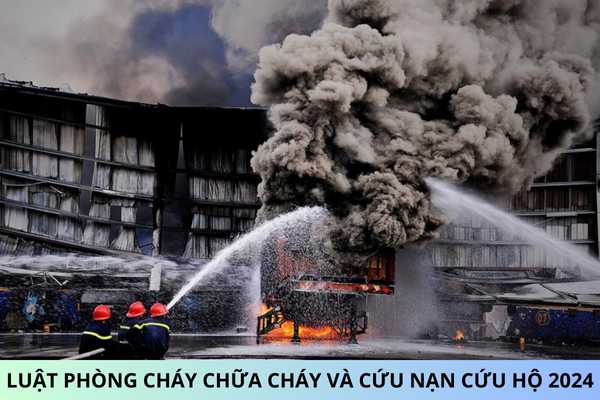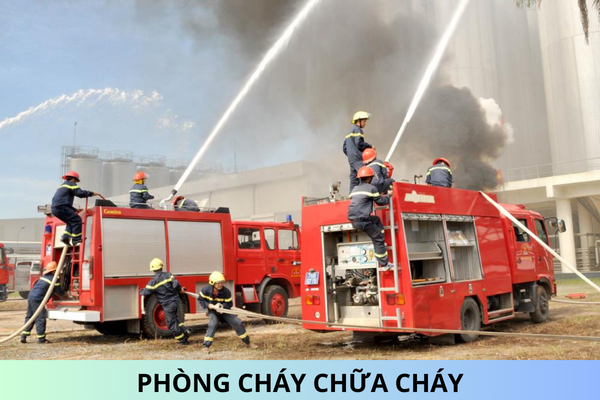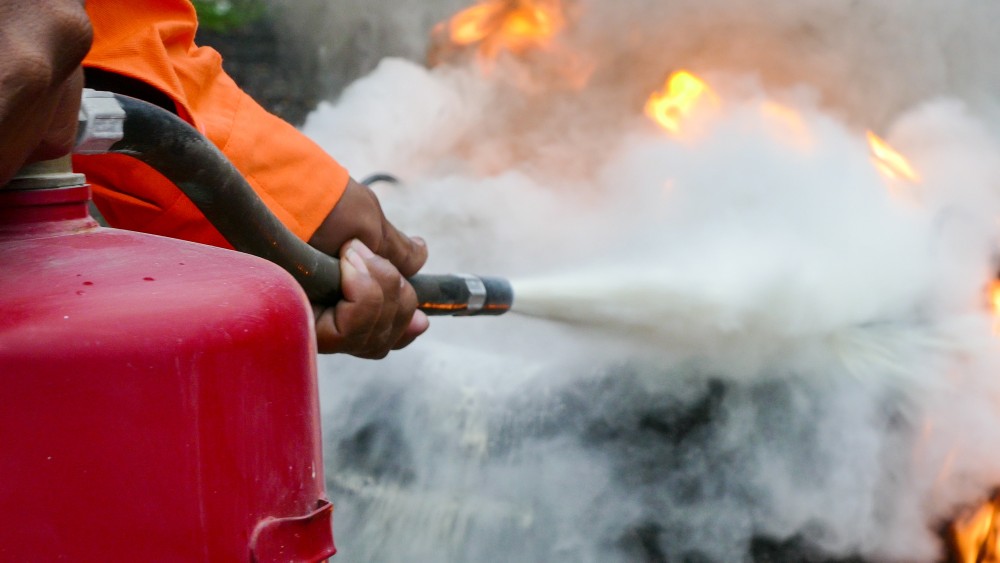What are fire safety requirements applicable to households in Vietnam?
What are fire safety requirements applicable to households in Vietnam? - Ms. Ngan (Binh Duong)
What are fire safety requirements applicable to households in Vietnam?
Pursuant to Article 7 of the Decree 136/2020/ND-CP stipulating fire safety requirements applicable to households in Vietnam:
Fire safety requirements applicable to households
1. Households must satisfy the fire safety requirements in Clause 1 Article 17 of the Law on Fire Prevention and Fighting.
2. Households engaging in business operations must satisfy the following fire safety requirements:
a) The requirements in Clause 1 herein;
b) Regulations on fire prevention and fighting and use of electricity, fire, flammable materials and explosives are provided in accordance with technical regulations and standards on fire prevention and fighting or regulations of the Ministry of Public Security;
c) There are solutions for fire escape, fire spread prevention and smoke blocking between the living quarters and the business area.
3. Household heads must organize and maintain compliance with the fire safety requirements in Clauses 1 and 2 herein throughout the existence of the households.
4. The households mentioned in Clause 2 herein and issued with the enterprise registration certificate must satisfy the fire safety requirements corresponding to the type of enterprise that they are according to regulations in Article 5 of this Decree.
As regulated above, fire safety requirements applicable to households in Vietnam are as follows:
[1] Households must satisfy the following fire safety requirements:
- Dwelling houses must be arranged with electric systems, kitchens and worshipping places in a way to ensure safety;
- Inflammables and explosives must be kept far away from flame and heat sources;
- Facilities and means must be readied for fire fighting.
[2] Households engaging in business operations must satisfy the following fire safety requirements:
- Dwelling houses must be arranged with electric systems, kitchens and worshipping places in a way to ensure safety;
- Inflammables and explosives must be kept far away from flame and heat sources;
- Facilities and means must be readied for fire fighting.
- Regulations on fire prevention and fighting and use of electricity, fire, flammable materials and explosives are provided in accordance with technical regulations and standards on fire prevention and fighting or regulations of the Ministry of Public Security;
- There are solutions for fire escape, fire spread prevention and smoke blocking between the living quarters and the business area.
What are fire safety requirements applicable to households in Vietnam? - image from internet
What are list of facilities with fire and explosion hazards in Vietnam?
Pursuant to Appendix II issued together with the Decree 50/2024/ND-CP, the list of facilities with fire and explosion hazards in Vietnam includes:
- Head offices of regulatory bodies at all levels that have 10 floors or more or have a total volume of office buildings of 25,000 m3 or more.
- Apartment buildings, tenement houses, dormitories with 7 floors or more or with a total volume of 10,000 m3 or more; mixed-use buildings with 5 floors or more, or a total volume of 5,000 m3 or more.
- Nursery schools, kindergartens, preschools with 350 children or more or a total volume of school buildings and service buildings of 5,000 m3 or more; elementary schools, lower secondary schools, upper secondary schools, secondary schools with a total volume of school buildings and service buildings of 5,000 m3 or more; colleges, universities, academies, professional secondary schools, vocational schools, continuing education institutions with 7 floors or more or a total volume of school buildings and service buildings of 10,000 m3 or more; other educational institutions established under the Law on Education with a total volume of 5,000 m3 or more.
- Hospitals with 250 beds or more; polyclinics, specialized clinics, facilities that provides care, rehabilitation, and orthopaedic, nursing homes, disease prevention centers, medical centers, other medical facilities established under the Law on Examination and Treatment with 5 floors or more or a total volume of 5,000 m3 or more.
- Theaters, cinemas, circuses with 600 seats or more; convention centers, cultural houses with 5 floors or more or their total volume of 10,000 m3 or more; karaoke establishments, discotheques, bars, clubs with 5 floors or more or a total volume of business buildings of 5,000 m3 or more; amusement parks, zoos, aquariums with a volume of 5,000 m3 or more.
- Grade 1 markets, grade 2 markets; shopping centers, electronics stores; supermarkets; food and beverage establishments, businesses trading in flammable and explosive goods with a total business area of 500 m2 or more or a total volume of business buildings of 5,000 m3 or more.
- Hotels, guesthouses, motels, and other accommodation establishments established under the Law on Tourism, boarding houses with 7 floors or more or a total volume of accommodation buildings of 10,000 m3 or more.
- Buildings used as headquarters and offices for enterprises, political and social organizations with 7 floors or more or a volume of 10,000 m3 or more.
- Museums, libraries; exhibition halls; galleries, archives, bookstores, fair houses with a volume of 10,000 m3 or more.
- Buildings of postal service points, postal facilities, telecommunications facilities with 5 floors or more or a total volume of buildings of 10,000 m3 or more; data storage and management centers, radio and television facilities, publishing and printing facilities with a total volume of buildings of 5,000 m3 or more.
- Stadiums with a capacity of 40,000 seats or more; sports halls and indoor sports centers with a capacity of 500 seats or more; fitness and sports centers, racetracks, and shooting ranges with a total volume of sports facilities of 10,000 m3 or more or a capacity of 5,000 seats or more; other sports facilities established under the Law on Physical Training and Sports with a volume of 5,000 m3 or more.
- Airports; air traffic control towers; seaports; dry ports; inland waterway ports of category I and II; bus terminals of category I and II; rest stops of category I; railway stations of category I and II; cable car stations for passenger transport with a volume of 5,000 m3 or more; subways; motor vehicle registration facilities; businesses engaging in trading, repair and maintenance of motor vehicles with a business area of 500 m2 or more or a total volume of buildings of 5,000 m3 or more.
- Garages with a capacity of 50 or more cars.
- Nuclear facilities; facilities for production, trade, storage, and use of industrial explosives and explosive precursor substances; warehouses for industrial explosives and explosive precursors; ports for export and import of industrial explosives and explosive precursors; warehouses for weapons and support tools.
- Facilities for exploitation, processing, production, transportation, trade, and storage of petroleum and petroleum products, natural gas on land; oil and petroleum product depots, gas depots; ports for export and import of petroleum and petroleum and gas products; oil and gas retailers, flammable liquid retail stores; gas retail stores with a total gas storage volume of 200 kg or more.
- Industrial establishments with fire and explosion hazard classes A and B with a total volume of buildings with production technology lines of 5,000 m3 or more; fire and explosion hazard class C with a total volume of buildings with production technology lines of 10,000 m3 or more; fire and explosion hazard classes D and E with a total volume of buildings with production technology lines of 15,000 m3 or more.
- Power plants; substations with voltage of 110 kV or higher.
- Tunnels for production, storage, and use of flammable and explosive substances; national reserve warehouses; warehouses for flammable goods and materials with a total volume of 5,000 m3 or more.
What are responsibilities of anyone detecting a fire in Vietnam?
Pursuant to Article 20 of the Decree 136/2020/ND-CP, anyone detecting a fire must inform people around them about it and notify one or all of the following units:
- The neighborhood watch or internal/specialized firefighting force of the locality where the fire occurs;
- The nearest police authority or firefighting authority;
- The government of the locality where the fire occurs.
Best regards!
